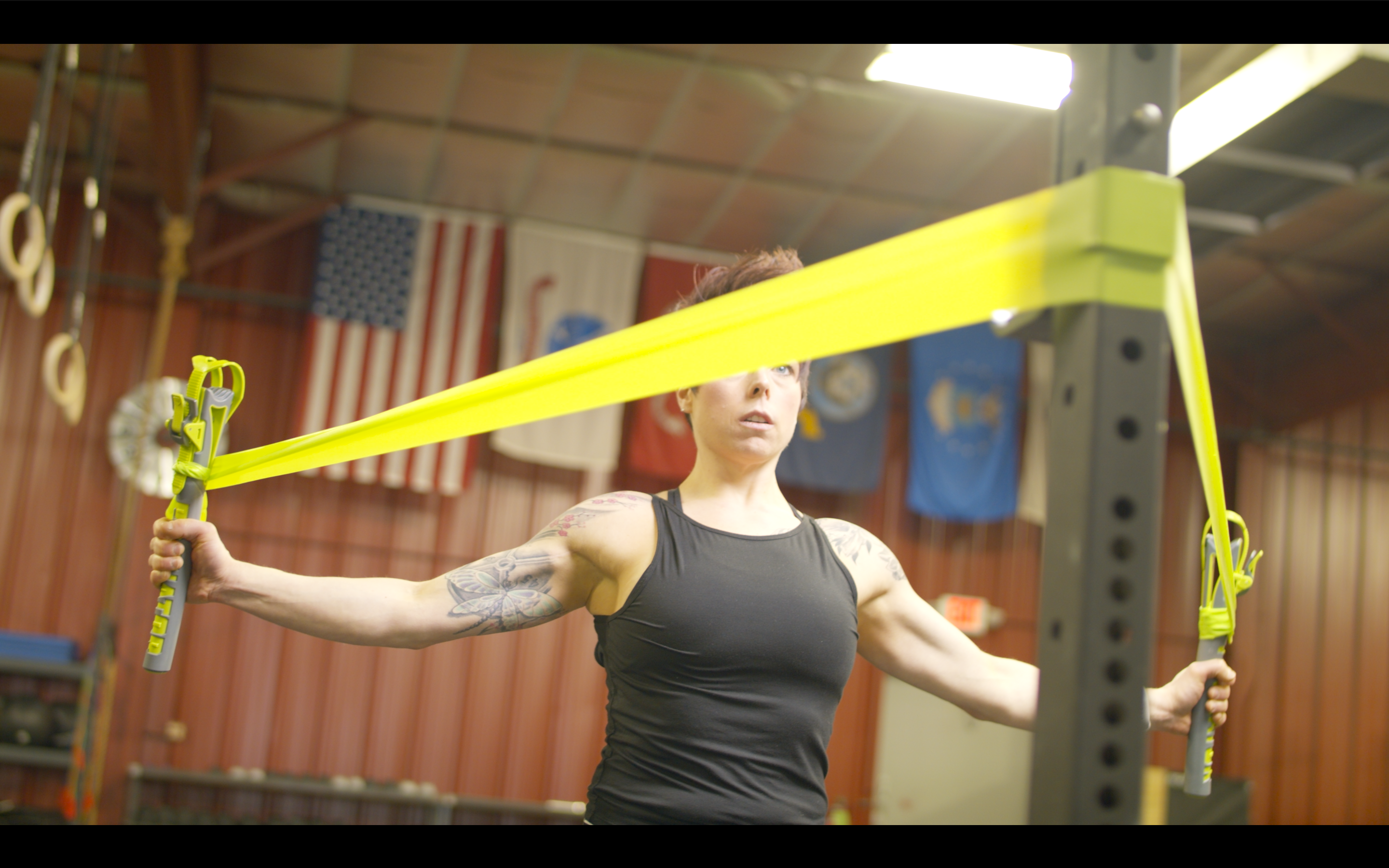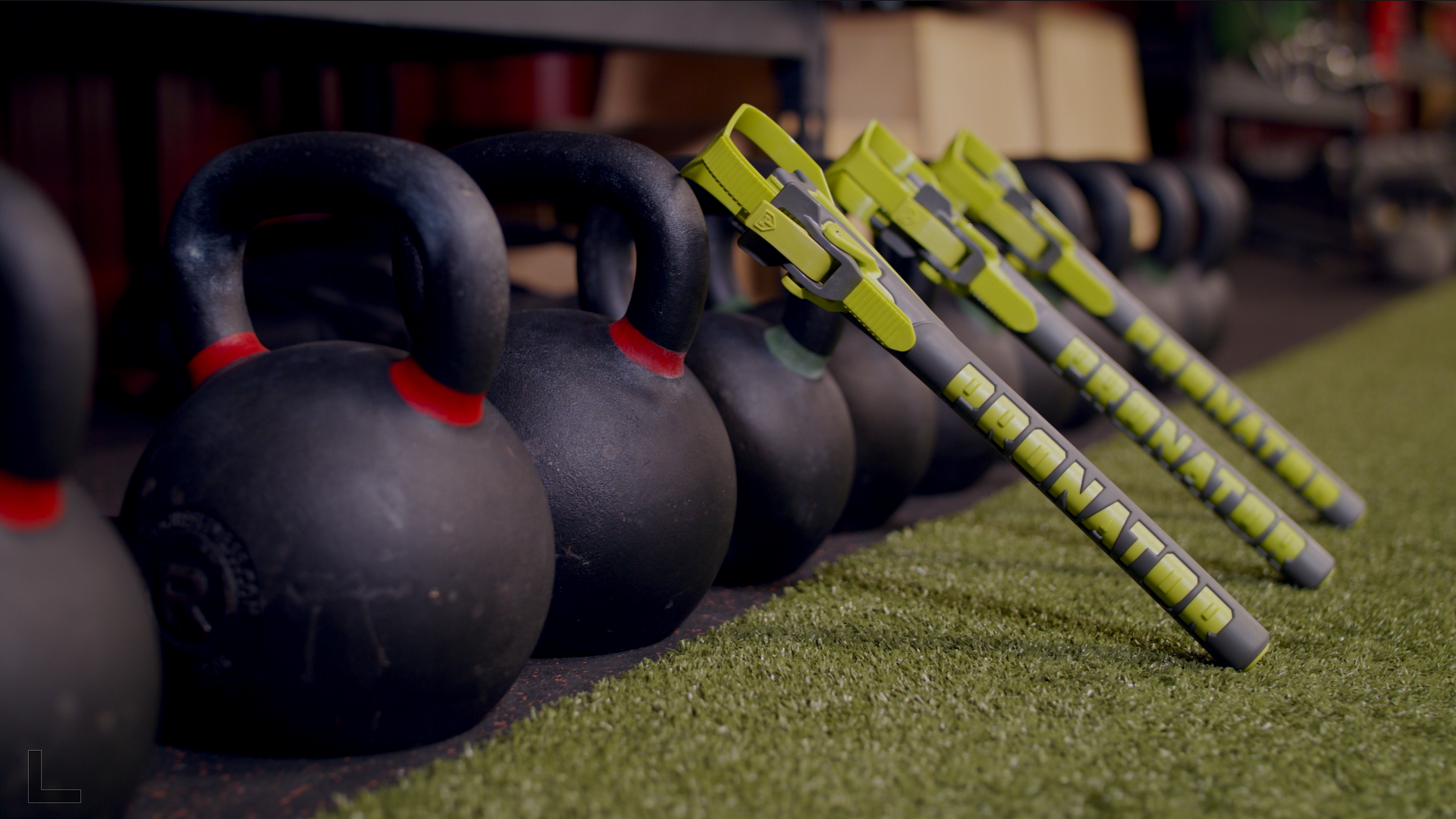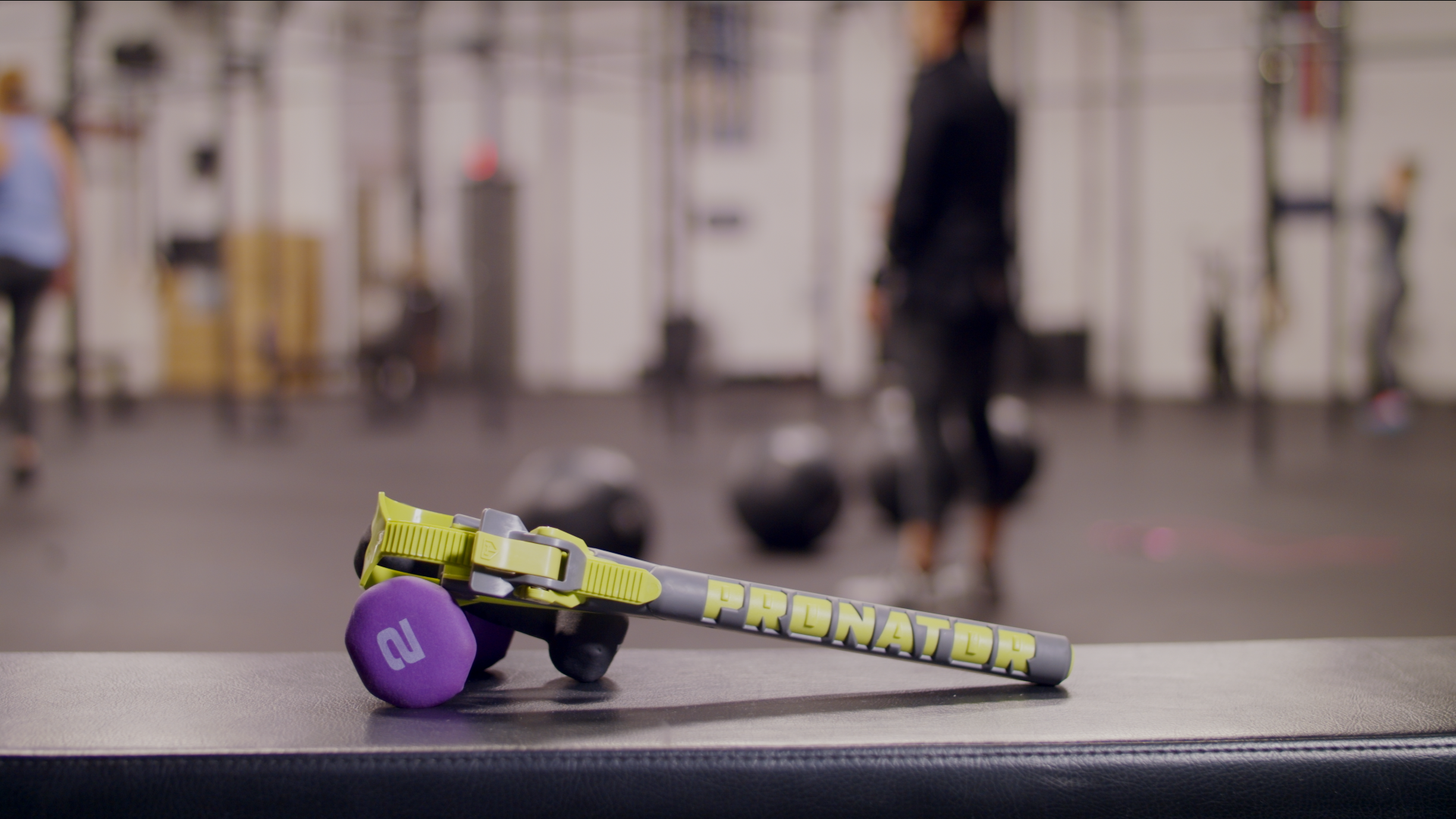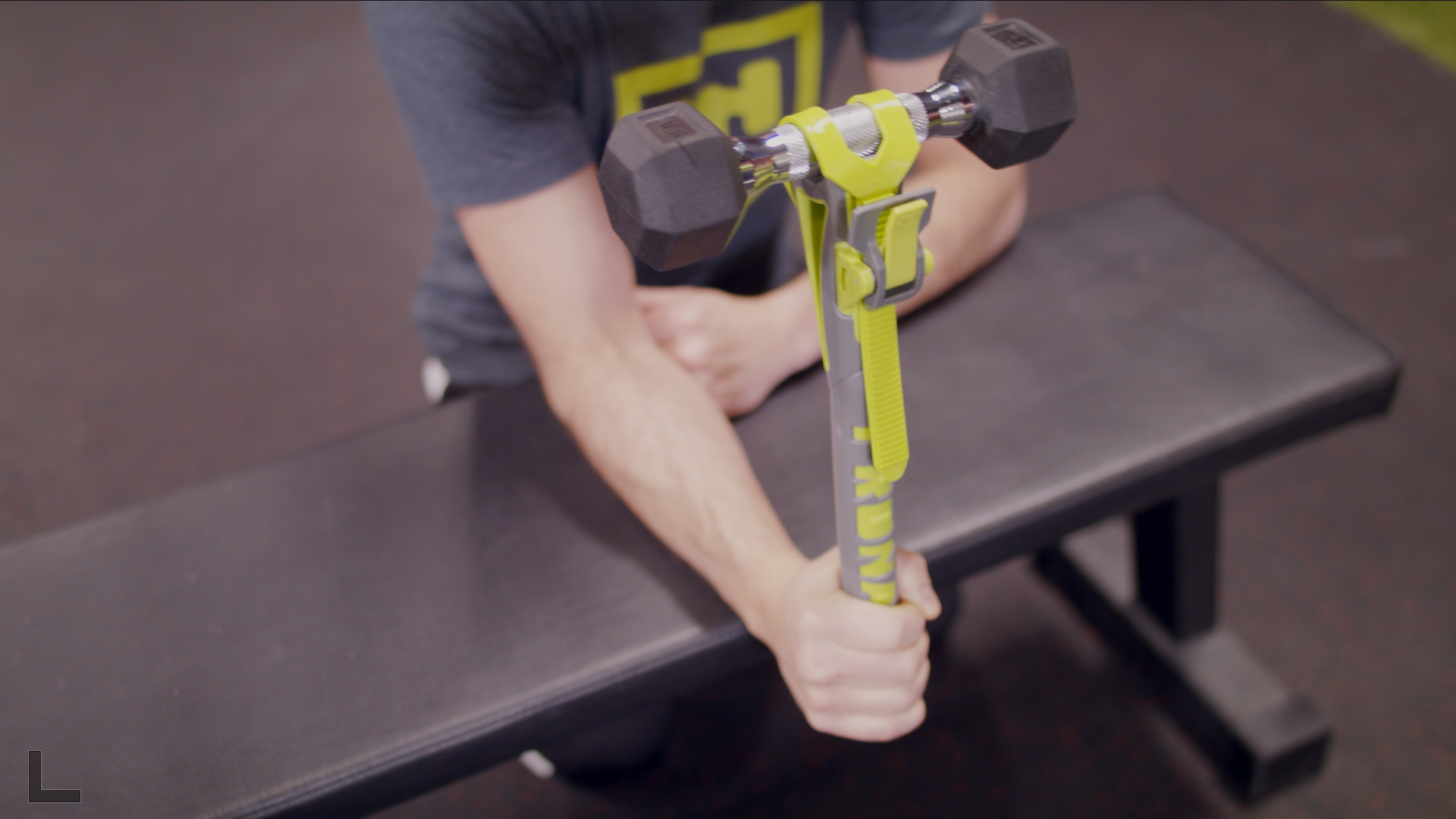 October 14, 2023
October 14, 2023
What does pronator syndrome feel like?
Pronator syndrome is a relatively rare nerve compression condition that can cause a range of symptoms in the arm and hand. This blog post aims to provide an in-depth understanding of what pronator syndrome feels like, including its symptoms, causes, and how it differs from similar conditions like carpal tunnel syndrome.
Understanding Pronator Syndrome
To understand what pronator syndrome feels like, it’s important to first know what it is. Pronator syndrome is a condition where the median nerve, which runs from the forearm into the hand, is compressed as it passes through the pronator teres muscle in the forearm. This is different from carpal tunnel syndrome, where the compression occurs in the wrist.
Symptoms of Pronator Syndrome
Pain and Tenderness: One of the primary symptoms of pronator syndrome is a deep, aching pain in the forearm. This pain is often centered around the middle of the forearm and can sometimes extend to the elbow or wrist.
Numbness and Tingling: Individuals with pronator syndrome may experience numbness, tingling, or a pins-and-needles sensation in the palm, thumb, and first few fingers. This is because the median nerve provides sensation to these areas.
Weakness in the Hand: There can be a noticeable weakness in the hand, particularly in the ability to pinch or grip objects. This is due to the impaired function of the median nerve, which is responsible for controlling some of the hand muscles.
Symptom Triggers: The symptoms of pronator syndrome often worsen with certain activities that involve forearm rotation, such as turning a key or using a screwdriver. Repetitive forearm motions can exacerbate the condition.
Causes and Risk Factors
Pronator syndrome can be caused by anything that increases pressure on the median nerve in the forearm. Common causes include:
- Repetitive Motion: Occupations or activities that involve repetitive forearm rotation can lead to pronator syndrome.
- Trauma or Injury: A direct blow to the forearm can cause swelling or damage that puts pressure on the median nerve.
- Anatomical Variations: Some people have natural variations in their anatomy that make them more susceptible to nerve compression in the forearm.
- Overuse in Sports: Athletes, particularly those involved in throwing sports, are at higher risk due to the repetitive use of their forearms.

Diagnosis and Treatment
Diagnosing pronator syndrome can be challenging, as its symptoms overlap with other conditions like carpal tunnel syndrome. Doctors typically use a combination of patient history, physical examination, and sometimes nerve conduction studies to diagnose the condition.
Treatment options for pronator syndrome vary depending on the severity of the condition:
- Rest and Activity Modification: Avoiding activities that trigger symptoms is often the first step in treatment.
- Physical Therapy: Exercises to stretch and strengthen the forearm can be beneficial.
- Medication: Nonsteroidal anti-inflammatory drugs (NSAIDs) can help reduce pain and inflammation.
- Surgery: In severe cases, surgery may be necessary to relieve pressure on the median nerve.
Living with Pronator Syndrome
Living with pronator syndrome can be challenging, especially for those whose daily activities or jobs involve repetitive forearm movements. However, with proper diagnosis and treatment, many individuals can manage their symptoms effectively and maintain a good quality of life.
Prevention Tips
Prevention of pronator syndrome largely revolves around reducing the strain on the forearm:
- Ergonomic Adjustments: Making changes to your work environment to reduce strain on your forearm can be helpful.
- Regular Breaks: Taking frequent breaks during activities that involve repetitive forearm motion is important.
- Stretching and Strengthening: Regular forearm exercises can help prevent pronator syndrome by strengthening the muscles and improving flexibility.
Conclusion
Pronator syndrome, while less known than carpal tunnel syndrome, is a significant condition that can impact daily life. Understanding its symptoms, causes, and treatment options is essential for those affected. If you suspect you have pronator syndrome, it’s important to consult a healthcare professional for a proper diagnosis and treatment plan. Remember, early intervention can make a significant difference in managing this condition.
THE PRONATORStarts at JUST $74.95!
- 1 Year FULL WARRANTY
- Used by NCAA, NFL, NBA & MLB
- Customer Satisfaction Guarentee



